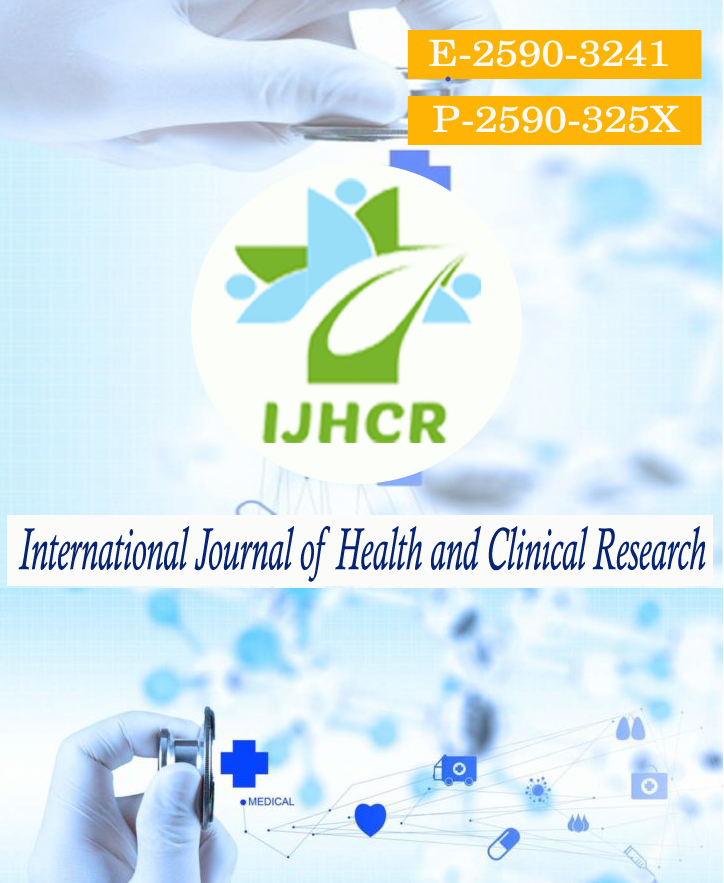A Study on Role of Cystatin C (CST3) GENE and its Susceptibility to Oral Submucous Fibrosis
Keywords:
Areca nut; Cystatin C (CST 3); oral submucous fibrosis; genetic polymorphismAbstract
Background &Objectives:OralSubmucous Fibrosis (OSF) is a chronic disorder characterized by fibrosis of the mucosa lining the upper digestive tract involving the oral cavity, oro- and hypopharynx and the upper third of the oesophagus. The alkaloids from areca nut are the most important chemical constituents biologically, in producing this lesion.Arecoline a product of areca nut was found to elevate Cystatin C mRNA (CST3) and protein expression in a dose-dependent manner. Cystatin C is a 13 kDa non-glycosylated, basic protein belonging to the cystatin family. It is consistently and dramatically upregulated in a variety of fibrotic diseases. However, little is known about the correlation between cystatin C and its role in OSF. Aim: The aim of the study was to assess the cystatin C gene profile in areca nut chewers with oral submucous fibrosis (cases) and without oral submucous fibrosis (controls). Methods:20 cases of OSF and 20 age and sex matched controls were categorized 4 groups were included in the study. Blood samples were collected in EDTA coated vacutainers and PCR restriction analysis was done. A statistical analysis was done using Chi-square test and Odds ratio to assess the frequency and association of the alleles in the case-control group. Results:Significant difference (p value <0.10) obtained between the case and control subjects. Conclusion:The results of this study show that cystatin C gene profile was significantly higher in study groups compared to controls.
Downloads
Published
How to Cite
Issue
Section
License
Copyright (c) 2021 S. Jyotsna, M. Supraja Chowdary

This work is licensed under a Creative Commons Attribution 4.0 International License.






 All articles published in International Journal of Health and Clinical Research are licensed under a
All articles published in International Journal of Health and Clinical Research are licensed under a 